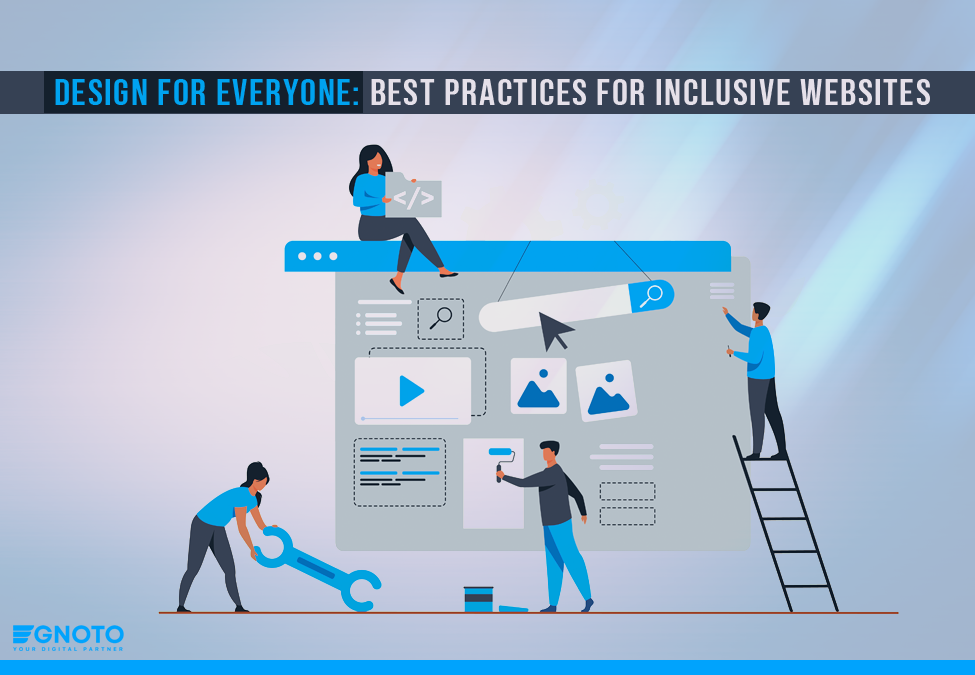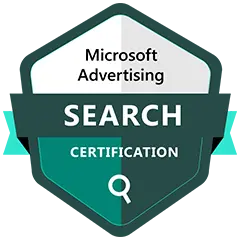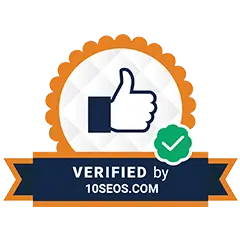Creating a website that is accessible to everyone is more crucial than ever. Inclusive website design allows people to navigate and access the site’s features regardless of their physical and mental abilities. Whether it’s making sure people with visual impairment can read your website content or ensuring the site is easy to use on smartphones, inclusive designs help to reach a broader audience.
When you invest time, energy, and money in developing a website, how will it feel when some people can’t use it? The website should be meant for all because anyone can be a potential customer. Non-inclusive websites can prevent one out of six people worldwide from using your website.
Well, inclusivity is not limited to disabled people. It is also about using a variety of media formats, including texts, images, videos, and other formats, to present content so that people with different backgrounds and interests can explore the site comprehensively. You can explore best practices for inclusive website design here and ensure everyone uses your platform.
What Is Inclusive Website Design?
Inclusively designed websites are easily accessible to people of all abilities and backgrounds. If a website was designed with inclusive principles in mind, visually, cognitively, mobility, and audibly challenged people can use it as effectively as non-disabled people.
A website should be able to reach all sorts of people regardless of barriers like languages, cultures, and abilities. This type of design provides access to content, functionality, navigation, and features, regardless of physical and mental abilities.
However, people often think inclusive and accessible designs mean the same thing. Although they are related, they are not the same.
The goal of inclusive design is to provide a seamless, user-friendly experience for all individuals, regardless of how they access a website’s content. While accessible design removes barriers for users with disabilities, such as those who are deaf, blind, or have mobility challenges, inclusive design takes a broader approach. It ensures that the website is usable by people of all backgrounds, abilities, and preferences.
What Is the Significance of Inclusive Website Design?
Is it worthwhile to include inclusive design? How does this type of design help a business? Many questions must be flashing in your mind. Websites have become an integral part of everyone’s lives.
All people, regardless of their physical and mental abilities, have the right to use websites as non-disabled people. Let’s break it down in more detail below.
1. Expands Reach:
Focusing on inclusive designs while building a website can reach people with different cultures, languages, and disabilities. Reaching a broader audience increases business visibility and traffic on the website.
2. Improves User Experience:
Inclusively designed websites provide user-friendly experiences to all people, whether they have a disability or not. Better user experience leads to better user satisfaction, which is profitable for a company.
3. Boost Reputation:
When people notice a company’s commitment to diversity and social responsibility, they start trusting it more. A company’s enhanced reputation attracts more visitors to its website and helps increase revenue, as today, people only like to buy from those they trust.
4. Increase Engagement:
When a website is accessible to everyone, it can lead to higher engagement and improved conversion rates. Inclusive designs boost SEO and engagement as more people can access them. A higher number of website visitors signals to Google that the website has valuable content for users.
10 Best Practices for Designing an Inclusive Website
Website development is a long and expensive process. It is better to use the right approaches from the start of the development. Here are the best practices for designing an inclusive website effectively.
1. Consider Web Content Accessibility Guidelines (WCAG):
WCAG is an internationally recognized standard that helps developers make website content more accessible to people with disabilities. The guidelines include recommendations for building a website for people with hearing loss, cognitive impairment, or physical disabilities.
Developers and designers role:
- Create clear layout
- Large buttons
- Keyboard navigation
- Captions for multimedia content
Now that you know about WCAG, it is time to strategize for the website’s long-term usability for all people. Focus on the areas mentioned below to make a website design inclusive.
2. Clear Color Contrast:
Color plays a crucial role in making a website inclusive. So select a color contrast that makes your content readable for everyone, especially disabled people. Save strong contrast for backgrounds.
3. Inclusive Images:
Visually impaired people can’t see images, but they can imagine them. So, here comes an “alternative text” into play. The alt text describes an image where it has been applied. For example, instead of just writing “Image of person,” describe it. A visually impaired person can better imagine by hearing an alt text: “A woman is sitting on the bench and reading a book in the park.”
4. Keyboard Accessibility:
Keyboard accessibility is crucial for users with motor disabilities because they rely on a keyboard to access websites. Ensure all the parts of your website are accessible without using a mouse. With this feature, users can easily tab through multiple menus as needed.
5. Assistive Tech Compatibility:
Ensure the website is compatible with assistive technologies like screen readers, voice recognition, and magnification tools. It allows users to interact with the site more effectively. Moreover, AI technology is a blessing for people with disabilities. Leverage the power of AI to make your website more accessible.
6. Content Structure:
Organize your website content logically and consistently. Use H1, H2, H3, and so on as needed. Maintain a consistent navigation structure across all pages. This will help mentally and physically challenged people understand the hierarchy of your content.
7. Form Accessibility:
Ensure all forms are accessible with clearly labeled fields, error messages, and instructions. They should also offer feedback whenever an error occurs. Ensure all fields of the form are accessible via the keyboard.
8. Consistent Navigation:
A website with intuitive and predictable navigation makes it easier for people with disabilities to find information effectively and quickly. People with cognitive impairments can navigate the entire website without getting lost. Use simple and clear menus, links, and buttons for consistency.
9. Use Simple Language:
Use simple, clear language that everyone can understand. Avoid technical terms and complex sentences, especially for people with cognitive disabilities and limited language skills. Use legible font size and style.
10. Website Customization:
Allow users to customize your website. This is a bold yet effective step that goes beyond helping people so that they can get the most out of your website. Disabled people can effectively interact with your site by adjusting text, size, font choices, and color palette. Break up large chunks of text with headings and bullet points.
Challenges of Designing an Inclusive Website in 2025
Designing an inclusive website comes with many challenges. Go through them before you begin your website development.
– Rapid Technological Changes:
Website design technologies continuously evolve, so staying current with the latest tools, frameworks, and IDEs is challenging. Many technologies, such as AI-driven designs, voice interfaces, and AI assistants, offer great opportunities, but using them requires expertise.
– Diverse User Needs:
People have different disabilities, such as visual, auditory, cognitive, and motor. Meeting the expectations of all people often becomes a difficult process for a tech team. Moreover, people don’t have the same access to technology and the same level of digital knowledge. So, a website easily accessible for one group may not be suitable for another.
– Complexity of Web Content Accessibility Guidelines (WCAG):
WCAG continuously updates, so keeping up with the latest updates becomes difficult. Although guidelines provide a comprehensive framework to make content accessible, implementing them is complex. Developers need to be skilled and dedicated to adapting updates on time.
– Integration with Assistive Technologies:
It can be challenging to ensure that the website works seamlessly with assistive technologies like screen recorders, voice recognition software, or alternative input devices. These tools update frequently, so using the latest versions on time can be challenging.
– Maintaining Consistency Across Devices:
Designing a website for various devices like smartphones, desktops, and tablets is challenging because you have to keep up with the latest technologies and suitable inclusive designs. A website should be fully functional with impeccable features across all devices.
– Time and Budget Constraints:
Creating an inclusive website requires additional resources because it involves planning for people with disabilities. It also requires hiring expert designers to integrate the right technologies for features for people with disabilities. Often, businesses with tight budgets and timelines find these extra steps unnecessary.
– Balancing Consistent Designs with Accessibility:
Another challenge for website designers is maintaining consistent, beautiful designs that are accessible across various devices. Design trends look aesthetically pleasing but often don’t align with accessibility guidelines. For example, flashy animations might not be suitable for visually impaired people.
– Global and Cultural Considerations:
In 2025 and beyond, websites need to be accessible not only for people with disabilities but also for people belonging to different cultures, backgrounds, and languages. It might add another layer of complexity to building an inclusive website design. Additionally, websites need to consider cultural sensitivities while ensuring inclusive designs for physically and mentally challenged people.
Wrapping Up
Creating inclusive designs has become a necessity if you want to reach a broader audience and build trust. Developing an inclusive website can be difficult, but with the right approach, it can become a little easier. With effective strategies mentioned in the blog, you can reduce the time to market. Focus on every aspect of building a website suitable for people with disabilities and others. It will increase website visibility and drive more visitors to the website. Begin by thoroughly understanding people’s problems and possible challenges for your company to build an inclusive website. This way, you can estimate which resources are required for which tasks and overall budget estimation.










